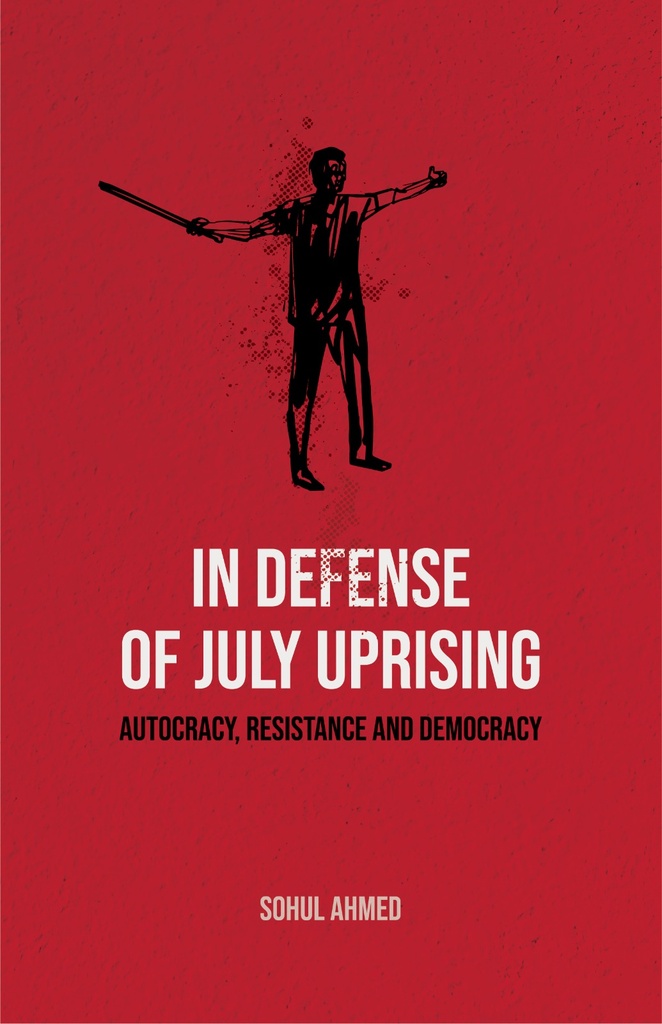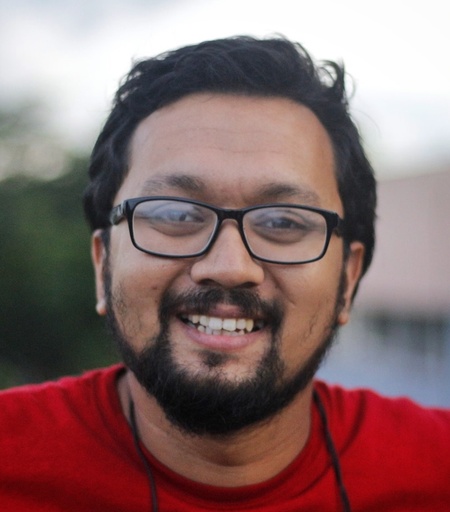In July 2024, a movement calling for reforms in the government
employment quota system culminated in the escape of Prime
Minister Sheikh Hasina on August 5. Between July 15 and
August 5, law enforcement agencies and pro-Awami groups killed
over a thousand individuals during this popular uprising.
The nature and trajectory of this movement resemble similar
global movements. For example, between 2006 and 2020, various
movements emerged in response to democratic failures, distrust
in state institutions, and poor governance. These movements
typically shared four core demands: the failure of political systems
and representation, economic inequality and injustice, civil rights,
and global justice (such as environmental and climate issues).
Most of these movements were driven by calls for ‘real
democracy,’ with key factors such as corruption, the failure of
legal mechanisms to ensure justice, threats to sovereignty, lack of
transparency and accountability, elite arrogance, unemployment,
and demands for government employment reforms.
In Bangladesh, the July uprising similarly highlighted issues
such as employment-related reforms, economic inequality
stemming from widespread corruption under the Awami
regime, judicial failure, the erosion of democracy, and the
deprivation of civil rights.
Secondly, in the past decade, grassroots activism has increased
significantly, particularly outside political party structures. The
success of the July uprising, which lacked any political affiliation,
is a testament to this shift.
Thirdly, non-violent tactics in protests have grown more
prevalent, though state violence has led to an intensification
of violent tactics such as arson and destruction by protestors.
This dynamic of non-violent protest met with state violence
was clearly visible in the July movement in Bangladesh, aligning
with broader global trends.
Additionally, this uprising must be understood within a historical
and spatial context. Events from 1947, 1971, 1990, and 2024
represent key moments in the population’s ongoing struggle for
democracy. The 1954 and 1970 elections, as well as the 1969
uprising, show the extent to which this population has fought
for democratic governance.
After the 1970 elections, Pakistan’s military regime sought to
suppress the democratic aspirations of the Bengali people through
genocide, preventing elected representatives from taking power.
The struggle for democracy culminated in the bloody war of
independence and the creation of Bangladesh in 1971. Within
just 24 years, two state formations were intertwined with the
surge of democratic aspirations.
The drive for liberation that fueled the struggle in 1947 resurfaced
in 1971, requiring further sacrifice. In 1990, another mass
movement emerged, and now, in 2024, the July uprising marks
another chapter in the ongoing quest for democratic reform.
In both 1971 and 2024, autocratic regimes—first under
Yahya Khan and later under Sheikh Hasina—sought to
suppress democratic movements through brutal violence.
Therefore, the events of 1947, 1971, and 2024 must be seen
as part of the same continuity of the Bengali people’s active
engagement in political struggle.
The intellectual discourse and resources that emerged during
this uprising also warrant attention. The decline of democracy,
the rise of authoritarian rule, extreme state violence, and
unprecedented economic looting all contributed to the
disillusionment of Bangladesh’s citizens. Various movements that
emerged in response to these circumstances, especially after 2013,
were strategically framed within a divisive cultural and political
sphere. In this framework, movements were often categorized
as either secular or religious, or framed as pro-liberation or anti-
liberation, which benefited the AL regime.
From 2013 onward, the cultural and intellectual landscape
of Bangladesh became fragmented, with divisions created by
movements like the Shapla and Shahbagh protests. Against
this backdrop, new platforms for intellectual exchange
emerged, particularly among the younger generation, who
moved beyond secular-religious binaries and engaged in
critical thinking. This intellectual infrastructure has been
crucial in shaping the discourse around the uprising. In
essence, the language and arguments employed by the regime’s
divisive policies have gradually weakened in the face of these
emerging platforms and ideas.
Several aspects of the uprising are briefly discussed in this volume.
However, the full scope of the uprising is not exhaustively
analyzed here. The articles in this collection were written as
a direct response to the events following August 5, reflecting
reactions to the framing of the uprising by both Indian and
global media, which often proved misleading. These essays were
written to offer a counter-narrative to those misrepresentations.
Initially drafted in Bengali, they were later translated into English
for publication. Through these writings, the circumstances that
made the uprising possible and how it should be interpreted are
brought into clearer focus.
Additionally, two essays written prior to the uprising are
included, focusing on genocide in both Palestine and Bangladesh.
We hope this collection will open new intellectual avenues
for further inquiry in Bangladesh and contribute to the
ongoing academic discourse.





